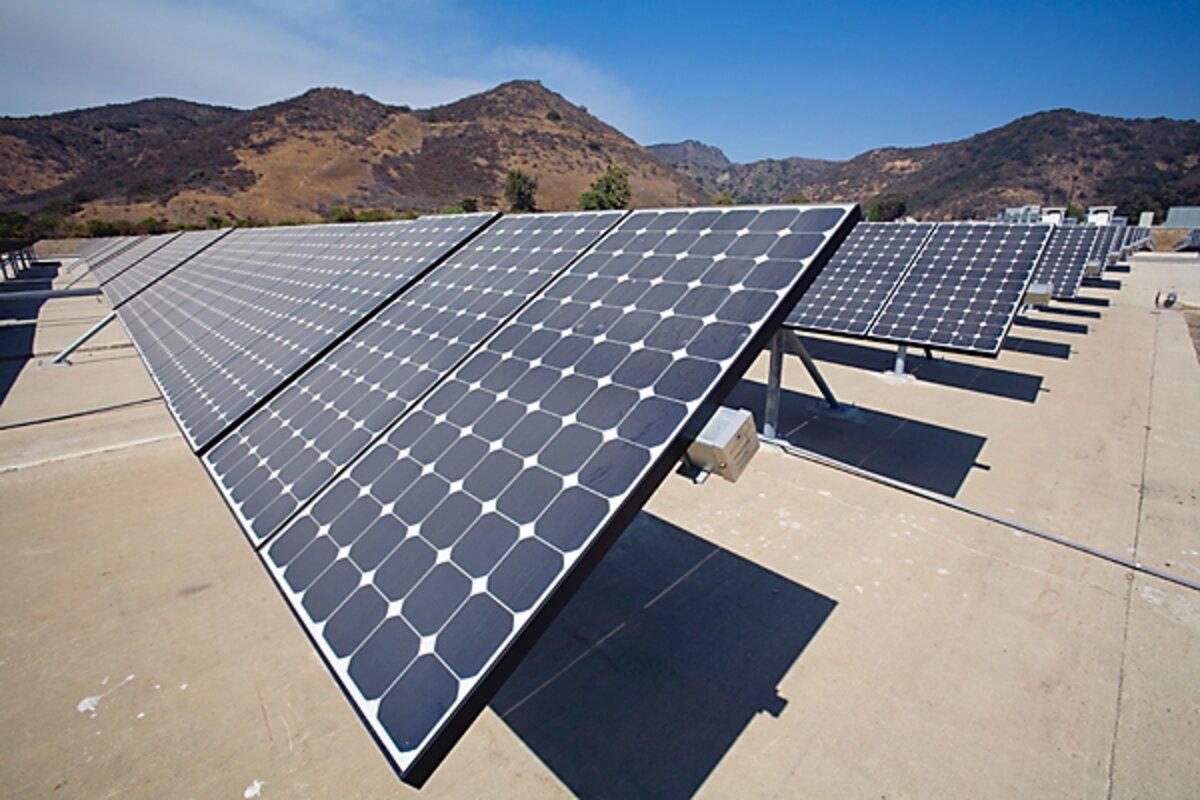Schwarzenegger bypasses legislature on clean energy bill
Loading...
| Los Angeles
As promised, Gov. Arnold Schwarzenegger Tuesday signed an executive order, requiring California to get 33 percent of its electricity from renewable sources by 2020.
The state legislature had already passed two bills on Sept. 11, calling for the same standard and giving California the largest “renewable portfolio standard” in the country. But Governor Schwarzenegger declared that he will veto those bills when they reach his desk because they are “poorly drafted” and “overly complex.”
So now, the serious debate is on as to what the governor is up to, whether his executive order will be legal or not, and why the order is any better – or worse – than the legislative alternative. Environmentalists and legislators are still trying to get the governor to reconsider.
The legislature’s plan is more pro-labor, containing limitations supported by unions which would restrict the purchase of energy credits from outside the state. Specifically, utilities could buy no more than one-quarter to one-third of renewable energy credits from outside of the state.
The goal of the restriction is to create an incentive for investors to invest in renewable businesses in the state. Supporters of the legislature’s plan say it would create more jobs than the governor’s plan.
By contrast, the governor’s plan would not include limitations on purchasing energy credits outside the state. He has argued that the legislature’s bills are protectionist and would increase the cost of energy.
“It’s important to note that the legislature-passed bills actually contain price controls,” says Jessica Levinson, political analyst at the Center for Governmental Studies in Los Angeles.
She says some fear that the governor’s plan is less environmentally friendly because it appears that his definition of “renewable energy” would include coal-fired energy. Some worry his definition includes hydroelectric sources as well.
“The governor’s action today raises the question about the wisdom of accomplishing through executive order that which has already been passed by the legislature,” says Ms. Levinson.
Schwarzenegger is acting boldly by taking the initiative from the legislature and handing it to one of his own, executive branch-controlled agencies, the California Air Resources Board, says Barbara O’Connor, director of the Institute for the Study of Politics and Media at California State University in Sacramento.
She says the goal is creating his legacy. “Governor Schwarzenegger is crafting his legacy about many things, and California being a leader in air quality is critical to that. He feels the legislative bills had too many things that could foil that.”
Professor O’Connor and others say it is up in the air whether or not the executive order will pass court muster or not.
Possible issues include violating interstate commerce laws and whether or not the order continues beyond Schwarzenegger’s exit from office at the end of 2010. There are also current laws on the books prohibiting the state from being required to go beyond a 20 percent renewable portfolio standard.
“It’s difficult to see how an administrative order can supersede an explicit provision of law,” says Alicia Trost, press attaché for Senate President Pro Tem Darrell Steinberg. Mr. Steinberg sent the governor a letter today, saying Schwarzenegger’s criticism of the legislative law “surprised and disappointed us.”
“Respectfully, an executive order does not have the force and effect of law,” Steinberg wrote. “Additionally, such a proclamation will only cause confusion and uncertainty to California’s energy markets, jeopardizing California’s role as the world leader in renewable energy development and green jobs.”
Ms. Trost also cites the Global Warming Solutions Act of 2006, which expressly prohibits the state Air Resources Board from altering “any programs administered by other state agencies for the reduction of greenhouse gas emissions.”
The Union of Concerned Scientists (UCS) has also expressed concerns about the “extremely optimistic timeline” in the executive order.
“We still believe legislation is necessary to solidify this strategy into law,” says Laura Wisland, energy analyst for UCS. “It’s too early to say what this process will yield compared to the bills.”
-----
Follow us on .





